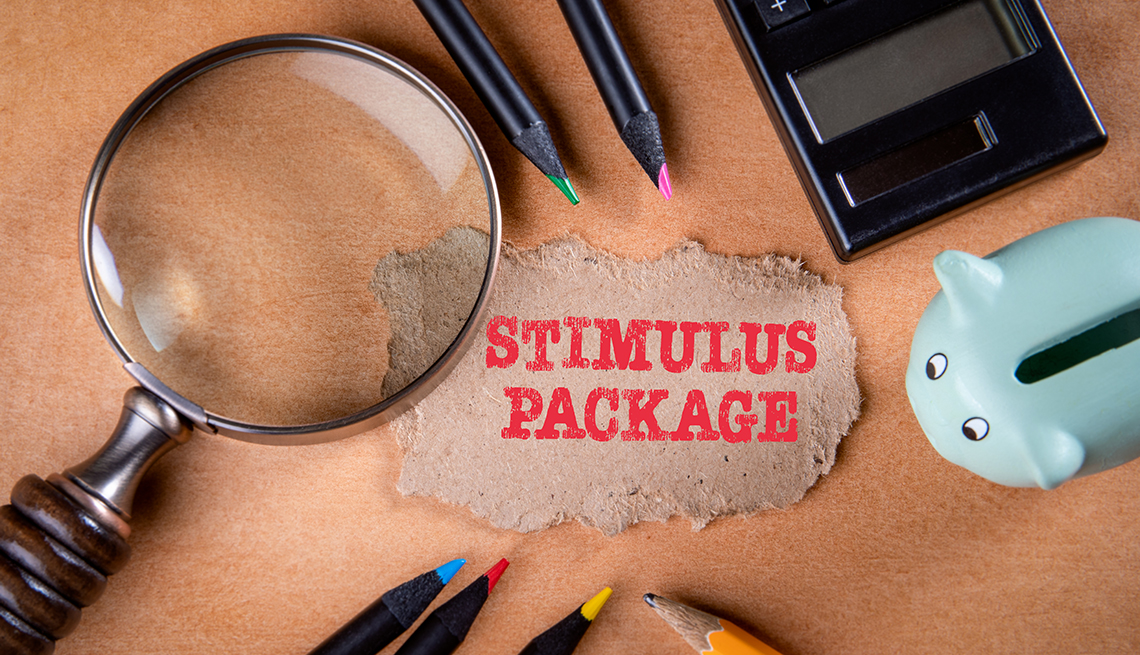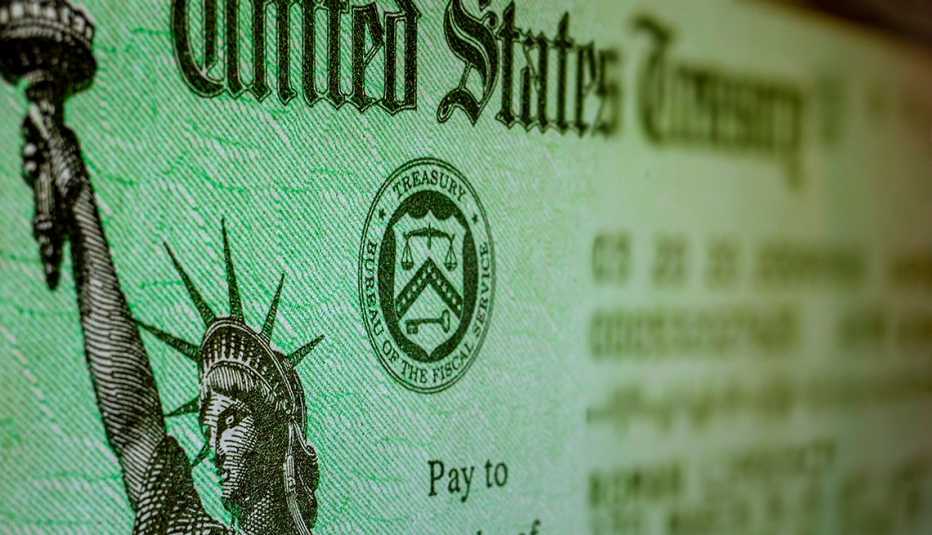Staying Fit
| A number of misconceptions are flying around about the three rounds of stimulus checks called for by the CARES Act, the Consolidated Appropriations Act and the American Rescue Plan Act, which together have given a maximum $3,200 per person. Here's a closer look at several of these erroneous claims surrounding what the Internal Revenue Service (IRS) refers to as economic impact payments. Consider yourself warned.
1. Donald Trump signed the stimulus checks
Millions of paper stimulus checks issued by mail in the first two rounds of stimulus do bear the ex-president’s name but not his signature. The checks were actually signed by Vona Robinson, an official with the Treasury Department’s Bureau of the Fiscal Service. The president’s name does, however, appear in all caps on the face of the first two stimulus checks, next to the image of the Statue of Liberty. If you receive a stimulus check with Donald Trump’s signature, it’s a fake. The third stimulus check does not display the name of Trump’s successor, President Joe Biden.


AARP Membership— $12 for your first year when you sign up for Automatic Renewal
Get instant access to members-only products and hundreds of discounts, a free second membership, and a subscription to AARP the Magazine.
2. You had to file a tax return to get a stimulus payment
Absolutely not. The IRS used the most recent tax return you filed to determine your eligibility to receive a stimulus check. But the IRS also went to great lengths to ensure that those not required to file tax returns also got their checks. At the urging of AARP, the IRS worked closely with the Social Security Administration (SSA) and the Department of Veterans Affairs (VA) to make sure that non-filers who received benefits from SSA — including benefits for survivors, the disabled (SSDI) and Supplemental Security Income (SSI) recipients — or the VA got a check. It also rolled out a tool on irs.gov called, logically, “Non-Filers: Enter Payment Info Here.” The tool is not active for the third stimulus check.
3. You owe income tax on your stimulus payment
Nope. To quote the IRS coronavirus economic impact information center: “No, the payment is not income and taxpayers will not owe tax on it. The payment will not reduce a taxpayer's refund or increase the amount they owe when they file their 2020 tax return next year. A payment also will not affect income for purposes of determining eligibility for federal government assistance or benefit programs.”
4. College students aren't eligible for stimulus payments
For the first two rounds of stimulus checks, as long as you were 17 or older and weren’t claimed as a dependent on someone else’s tax return, you were eligible for a stimulus check. Whether or not you were in school didn’t matter. You also had to meet the income requirements. To receive a full stimulus payment, your adjusted gross income (AGI) had to be at or below $75,000 for individuals and $150,000 for married couples filing joint returns.
Most college students didn’t have to worry about this. What they did have to worry about is being claimed as a dependent by their parents. That negated their eligibility to receive a first or second stimulus check. The third stimulus payment removed the age restriction, so if your parents claim you as a dependent and you’re 20 years old, they could get extra stimulus money because of you. It’s up to your parents whether they choose to give you the $1,400 they received on your behalf. The same applies to elderly dependents – the $1,400 goes to the person who claimed the elderly dependent, not directly to the dependent.
5. It's too late to get a stimulus check
The IRS has already pushed out millions of stimulus payments, either by paper check, direct deposit or prepaid debit card. Nevertheless, some people who were entitled to a stimulus payment haven't gotten one, possibly because their income was too low for them to file taxes. If you didn't receive a payment last year, or your payment is in the wrong amount, you can claim the missing money when you file a tax return for tax year 2020.



































































